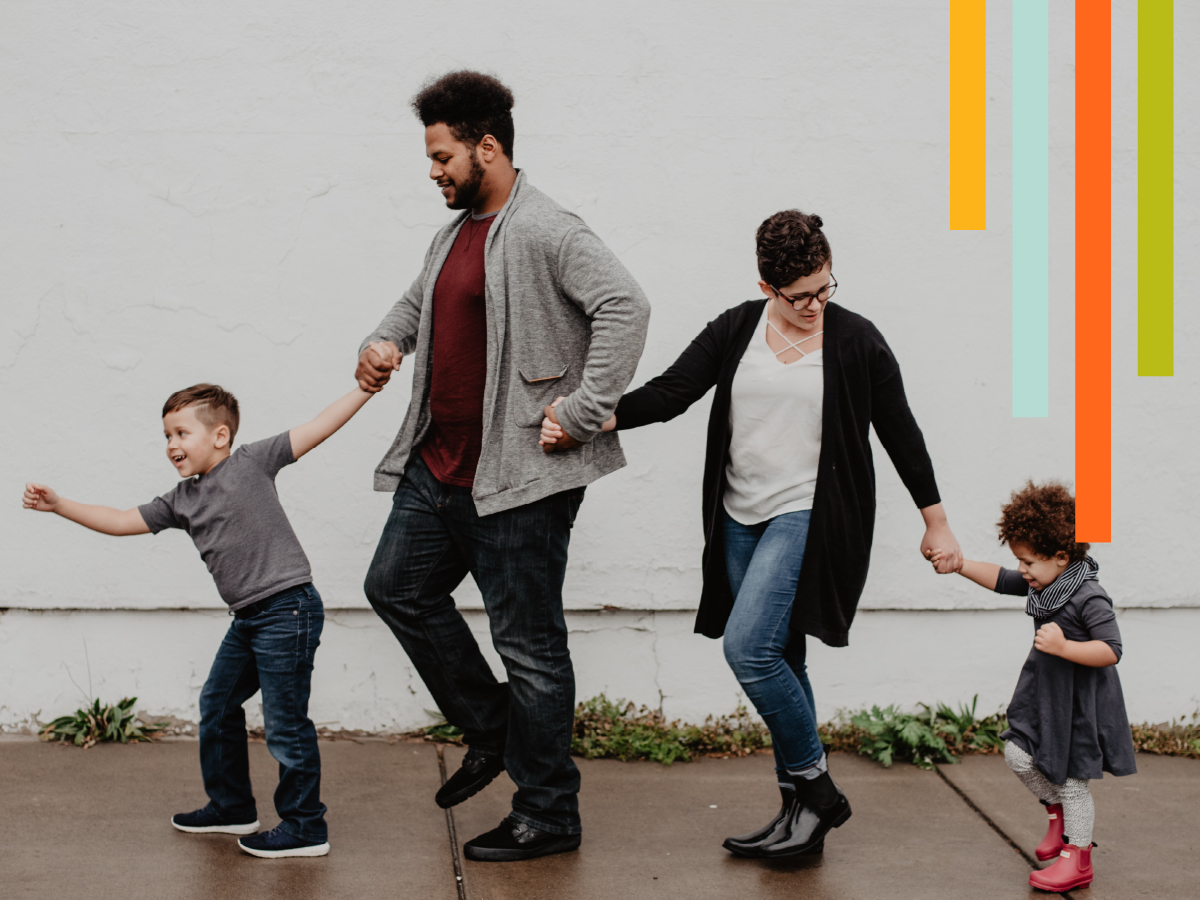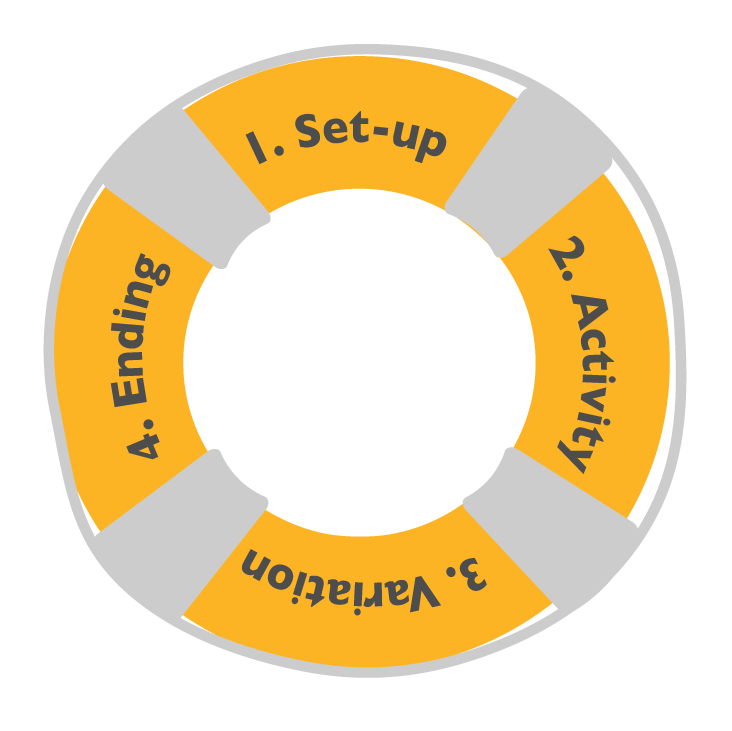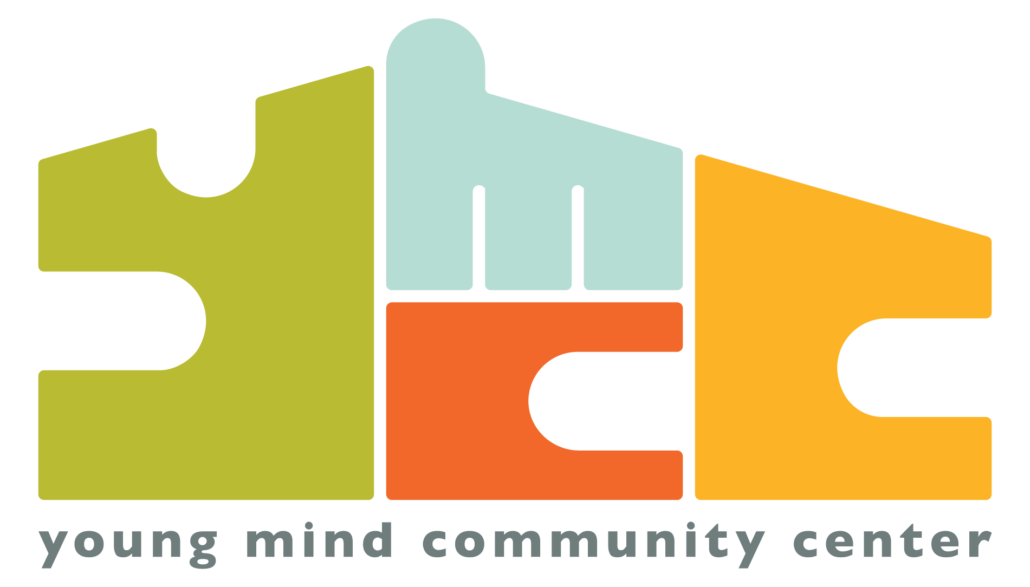
How to Infuse Fun in Early Childhood Routines
How to Infuse Fun in Early Childhood Routines

The theme that runs throughout creating effective routines for young children is the more fun you have in these routines creates motivation for your child to want to participate in them.
Our blog and podcast series, Creating Effective Routines in Early Childhood, focuses on how parents can create successful routines from dressing and grooming to mealtime and bedtime. Our final installment shares highlights and key resources for supporting parents in establishing routines in early childhood.
Establishing Routines in Four Parts
Establishing a routine starts with a four-part joint activity routine. The first part of that routine being the opening or setup where you establish the routine. An important thing to keep in mind in the opening is that you want to really capture your child’s interest and motivation so they want to be an active participant. The second part of the activity sequence is the routine itself. That is whatever you might want your child to be doing, such as dressing and grooming, taking a bath, having a meal, or going to sleep. The third part of the routine is variation, where you will vary activities within the routine to maintain your child’s interest. The fourth part is the closing, or transition of the routine that you’re currently engaged in. This typically signals the end of the current activity and transition to a new activity.
Creating routines is important because you are establishing a back-and-forth interaction. Something we focus on at Young Mind Community Center is putting the “fun” in functional routines. If routines aren’t fun, they will not motivate your child. We want to engage with a child learning a routine and ensure they are motivated, and it’s easy to lose sight of how many opportunities there are to engage your child in back-and-forth interactions in your everyday life. Whether it’s making breakfast in the morning or sitting down for dinner or getting dressed, there are endless opportunities to create teachable moments. When routines are fun and motivating, your child will be more likely to want to do them.
Parents face many challenges in daily routines with young children. For example, with dressing, your child might not want to get dressed in the morning. If you make their dressing routine fun and interesting with an opening where you’re allowing the child to pick out their clothes from at least two options, and then you’re setting up the routine where you’re helping them and not just saying, “Go get dressed,” and expecting the child to get dressed, you will see more engagement from your child. By actively participating in the routine with your child, helping them get dressed and saying, “I’m going to put your shirt over your head and then you can try to put your arms through… Good job! Now your shirt’s on,” you will begin to eliminate resistance from your child.
You can continue to expand upon that by adding on pieces of clothing. When your child is dressed, you can celebrate with them. “Wow, look, you got dressed!” You can look in the mirror and talk about what a cool shirt they’re wearing. “I love that dinosaur shirt you chose.” By sharing this positive reinforcement, you are highlighting their successes. This is also really leading into the closing of that routine, and that’s signaling, okay, now we’re done dressing and we’re getting ready to transition to the next activity.
Routines Result in Independence for Young Children
As you’re helping your child by being engaged in various routines, they gradually become more independent that routine. Doing these things with your child actually creates or fosters independence. As they learn the different steps to the routine — the opening, the actual routine and the steps within that routine, then you might add variation to expand upon the routine and closing — that’s essentially laying out a little schedule of what the routine looks like. It allows your child to become more independent with a particular routine over time. Establishing these routines and having your child’s buy-in and motivation, creates a positive back-and-forth experience in everyday activities that you complete with your child.
Establishing a routine that’s fun, engaging, and motivating for your child will allow them to be more successful in that routine and really create a positive experience that both the parent and the child enjoy instead of dread. At Young Mind Community Center, we have developed resources to help parents learn the joint activity routines, those four parts, that can help set them up for success. Those resources are available on our website, including downloadable checklists and tips for creating successful routines for your young child.
Thanks for following our blog series on routines in early childhood. Check out our previous installments if you’ve missed an entry.

Sorry, the comment form is closed at this time.